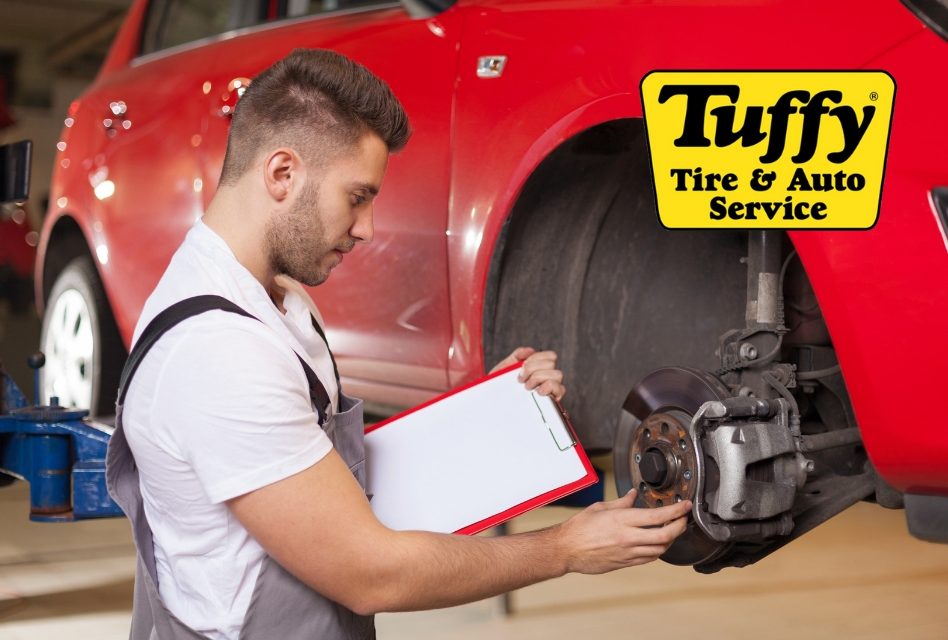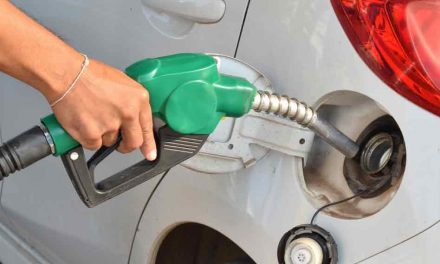Driving with bad brakes is extremely dangerous and with summer break beginning in a couple of weeks you may want to have your brakes checked as you prepare for any summer travel plans. You always want to have enough time—and road—to stop gradually.
Here’s the 411 on Brakes
Brakes work with your tires to stop your vehicle. Let’s break this down a little more, brakes use friction to stop the wheels of your car. There are two main types of brakes: disc brakes and drum brakes.
Disc brake system
- Disc brake systems are generally on the front wheels. In newer cars, disc brakes are on all four wheels.
- Disc brakes squeeze the rotor from both sides to slow the wheel down. This system is like bicycle brakes except that instead of the force passing through cables, it is transmitted hydraulically.
- Usually, the discs and rotors are metal.
Drum brake system
- Drum brake systems are generally on the rear wheels.
- Brake shoes push out against the inside of the brake drum and use friction to slow the car down.
- Brake shoes are made of a semi-metallic material. Brake drums are made of iron.
Anti-lock brakes
With today’s technology, cars have anti-lock brakes to keep them from skidding. In addition to the mechanical parts of the brake systems described above, the car has an electronic system that measures the speed of the wheels in conjunction with one another and can determine if your car is skidding or dragging. If one wheel is spinning at 20 mph and one is at zero, the car releases the brake on the wheel that is going zero and pulses it to keep the car from going into a skid.
The life of your brakes, what you need to know:
The average life of a braking system can vary a lot based on the type of driving that you do. When you are in town, you need to apply the brakes for stop lights, turns, and changing speed zones. If you mostly drive in town, your brakes will get more use than if you mostly drive on the highway (unless, you’re always stuck in stop-and-go traffic). Most manufacturers recommend inspecting the brake system every year or every 12,000 miles. You should also have your brakes inspected if:
- You hear a grinding or squealing noise when you press the pedal.
- The pedal goes too far toward the floor, or farther than you are used to.
- The car skids to one side.
- The car takes longer to stop than you expect.
- You see a warning light on the dashboard.
What can go wrong
A number of things can go wrong with your brakes. Complete brake failure is the most serious issue. Other things that can go wrong:
- The brakes or parts of the brakes can wear out.
- The car can pull to one side.
- The brake pedal can go to the floor.
- The car skids when you try to brake.
Care and maintenance of your brakes:
Brakes are critical to your safety on the road, so you want to make sure that they are working correctly.
- Inspect brake pads and shoes for wear.
- Make sure there are no leaks in the hydraulic system.
- Test brake fluid. Copper can get into brake fluid from the brake lines. If it does, the brake fluid will not work correctly
Your friendly St. Cloud Tuffy Tire and Auto Service located at 625 E 13th Street, St Cloud provides quality service to all makes and models so when it comes time to service your brakes. Visit Tuffystcloud.com to take advantage of their special brake service coupon available until May 31st!




















